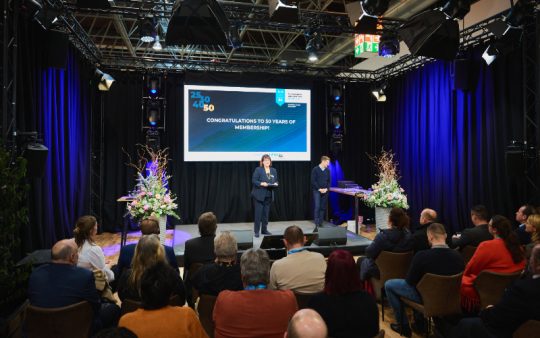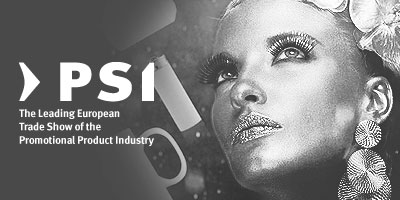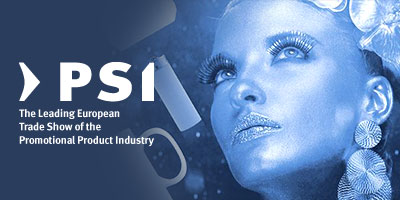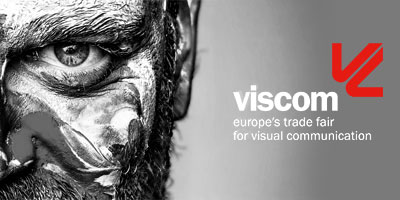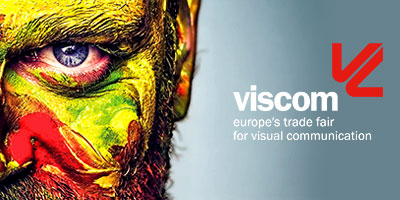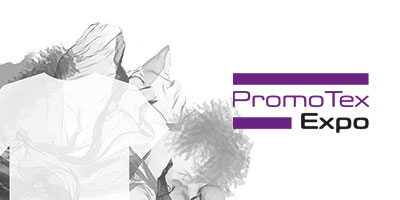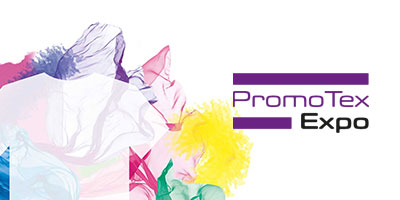Protective masks with facial recognition

Published on 22.04.2020
Masks are currently very much in demand. A designer has had the idea of creating a personalised version for when the coronavirus crisis is over.
There is a large demand for handsewn or industrially produced protective masks at a time when there is a lot of discussion about making wearing one compulsory. More and more people have taken to wearing masks when out and about, particularly in places where they come into close contact with others, such as on public transport or in supermarkets.
Instructions on how to make a mask are available online. Many people are running up masks themselves at home on their domestic sewing machines while the textile industry is adapting entire production lines to enable them to meet demand. Trigema, for example, is one of the textile companies producing protective smocks and masks in big style to make up for product shortages. Demand is enormous. The company has announced on its website that, despite production running at top speed, it will not be able to cope with the flood of orders in the short-term and customers should expect longer delivery times at the moment.
Individualised protection
Face masks have inspired Danielle Baskin, a product designer from San Francisco, in a totally different way. She realised that if people were increasingly going to be wearing masks when out and about, then smartphone facial recognition would no longer work. People would have to pull their masks down whenever they wanted to unlock their phones. She had the brainwave of printing the wearer’s face on the mask so that users could unlock their phones and still be protected at all times.
The process is simple: take a portrait photo – in daylight if possible – and upload it to the website faceidmasks.com using the corresponding web app. A piece of software then adapts your features in the photo to the rounded shape of the mask. You can then use the preview function online to tweak the final image and choose an attachment strip that matches your skin colour. The mask is then ready for printing. It is printed using solvent-free inks made from natural dyes to prevent harmful gases or an unpleasant odour impairing the user’s health or wearing comfort.
Although Danielle Baskin does offer a personalised photo mask, she adds that her project is currently still under development and that she will not be printing masks during the coronavirus phase and a worldwide mask shortage. Her model of choice, OP mask N95, which the printing process has been adapted to suit, is much more urgently required elsewhere at the moment.
A quick-and-easy paper mask
The internet offers numerous instructions and ideas for face masks, including one you can make yourself out of paper that has been designed by Germain Verbrackel. All you need to do is print out the template, fold it according to the simple instructions and stick it together using two pieces of sticky tape. The paper mask is intended to offer basic protection for a quick trip to the supermarket and, like other home-made masks, provides no medical protection. The paper version is also neither very durable nor as comfortable to wear as a fabric mask. Precise instructions are available online.
Images
Restring Risk Face, Danielle Baskin


